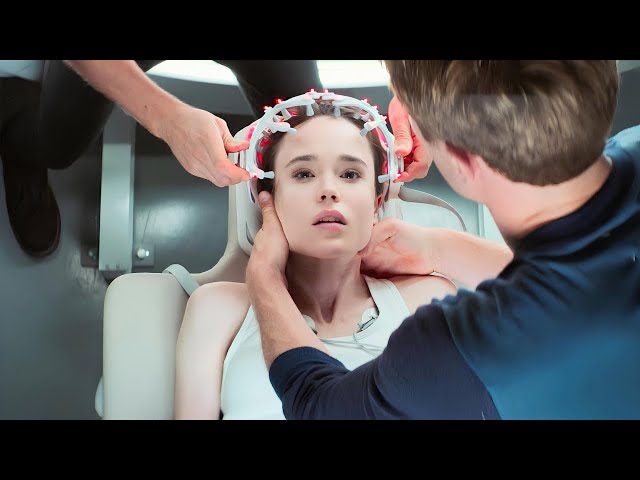
Flatliners: A Gripping Dive into Life, Death, and Guilt
Introduction
“Flatliners” is a psychological thriller that explores the dangerous intersection of medical experimentation and the afterlife. This review focuses on the film’s narrative depth, character development, and the haunting consequences of tampering with mortality.
Storyline Summary
The story centers on Courtney, a medical student haunted by the death of her younger sister, Tessa, in a car accident years earlier. Driven by a mix of scientific curiosity and unresolved guilt, Courtney persuades her colleagues—Jaime, Sophia, Marlo, and a reluctant Rey—to join her in a clandestine experiment called “flatlining.” The process involves briefly stopping their hearts to experience near-death states, with the goal of unlocking enhanced mental abilities and glimpsing the afterlife. Initially, the experiment seems successful: Courtney gains near-perfect recall, Jaime develops sharp decision-making skills, and others experience similar boosts. But soon, terrifying visions tied to their past mistakes begin haunting them, turning their scientific triumph into a fight for survival against manifestations of their own guilt.
Performances & Direction
The cast delivers compelling performances, particularly Courtney, whose portrayal of grief and desperation feels raw and authentic. Jaime’s transition from a carefree flirt to a tormented individual is convincingly portrayed, while Marlo’s internal conflict and guilt over a fatal medical error add emotional weight. Sophia’s struggle with parental pressure and past cruelty grounds the story in relatable flaws. Rey serves as the voice of reason, his skepticism and concern providing a crucial counterbalance to the group’s recklessness. The direction effectively builds tension, balancing medical drama with supernatural horror, and ensures the characters’ emotional arcs remain central even as the plot escalates into chaos.
Music & Technical Aspects
The film’s soundtrack and technical elements work in harmony to amplify its eerie atmosphere. The score subtly underscores key moments of tension and revelation without overpowering the narrative. Cinematography uses lighting and perspective creatively, especially in scenes blurring the lines between reality and hallucination. Visual effects during the flatlining sequences are immersive, conveying both the allure and the terror of the characters’ experiences. Pacing is generally tight, though some secondary plot points could have been streamlined to maintain momentum.
Conclusion
“Flatliners” is a thought-provoking thriller that questions the ethics of pushing scientific boundaries and the psychological toll of unaddressed guilt. It combines suspense, emotion, and supernatural elements to create a memorable cautionary tale. If you enjoy films that challenge perceptions of life, death, and redemption, “Flatliners” is a must-watch. Share your thoughts after viewing—does the pursuit of knowledge justify the risk?




